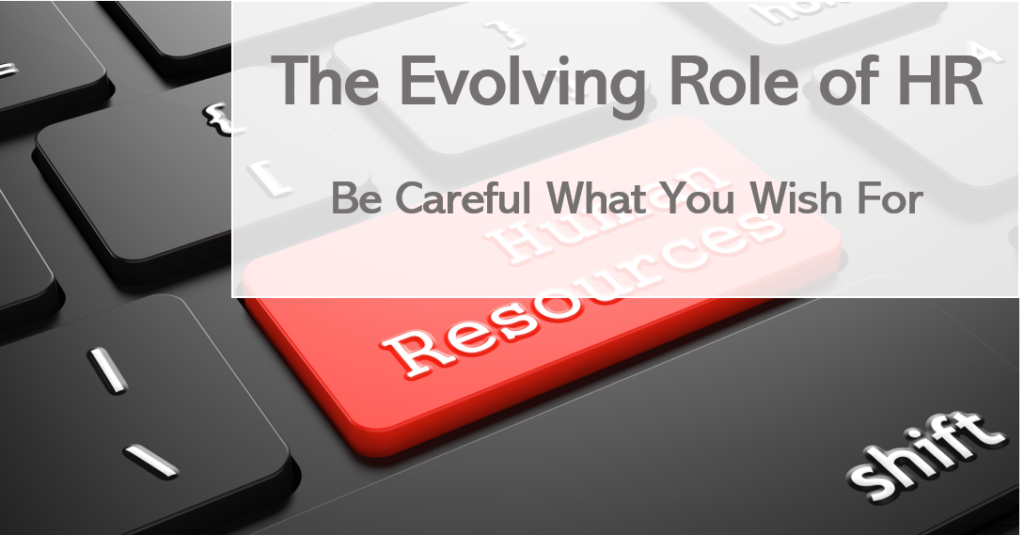During a recent search for an HR leader for a mid-sized business, the CEO (to whom the role reported) posed an interesting challenge. He asked the HR candidates what they had contributed to their current employers in terms of organizational structure and design. Like many mid-sized businesses this company was experiencing a lot of change and had entered new geographies and new business lines in the past few years. He struggled with really knowing whether he had the optimal structure in the organization and the right responsibilities for his teams. The CEO reasoned that while “getting the right people on the bus” is critical and an essential part of the HR function, designing the bus and the seating arrangement on the bus is the first part of the challenge and equally important.
Many organizations struggle with the right division of responsibilities and the right structure for the organization for optimal performance and yet there is no real function in most organizations that holds this responsibility. Each department tends to create its own organizational structure and the CEO sets the overall direction for the senior management team. This can lead to poor linkages between departments, overall increases in headcount and arguably less focus on the overall goals of the organization.
In very large organizations this responsibility is handled by business architecture or strategy groups, but in many mid-sized companies there is no real home for this responsibility, and in my client’s company, he pushed it to the HR leader. With the right structure and responsibilities, he reasoned, then it should become a more straightforward exercise to align the goals and the rewards to the overall corporate strategy. My client was adamant that these activities are the biggest impact that the HR department could have on the business and this was where he saw the most value being created.
Of course, this changes the level of understanding of the business that HR leaders need to effectively complete their tasks. No longer is it sufficient to understand the human interactions in the enterprise. They also need to understand the business interactions and get a great sense of how the business truly generates value. This is far more than most companies expect of their current HR leadership group. During our search for our client a very thorough scan of the HR talent in mid-sized organizations revealed a scarcity of this level of contribution.
Often this sort of activity has been the domain of strategy consulting firms that evaluate functions and activities and create new structures or recommend the elimination of departments and layers of management. As my client wisely observed, getting a thorough understanding of a business in a short period of time and making recommendations regarding business structure is a highly risky affair and can result in many mistakes. It should be a key part of the responsibilities of one of the members of the senior management team. And it makes sense that the head of HR would own it.
As disruption impacts almost every business, forcing shifts and adaptations across the board, organizations must become more adept at aligning their structures, processes and people to the future they envision. And, as more and more of the administrative aspects of HR move to automated and computerized activities, HR professionals will be expected to ‘up their game’ to have a greater impact on the overall businesses.
HR has long wanted a seat at the executive table. For those who have prepared, their opportunity is now or at the very least, fast approaching. For the others, be careful what you wish for.
About the Author
Robert Hebert is the founder and Managing Partner of StoneWood Group Inc., a leading executive search firm in Canada. Since 1981, he has helped firms across a wide range of sectors address their senior recruiting, assessment and leadership development requirements.
Contact Robert by email at [email protected] or call (1) 416-365-9494 EXT 777
